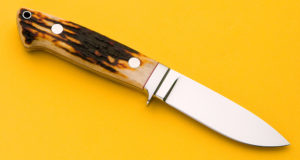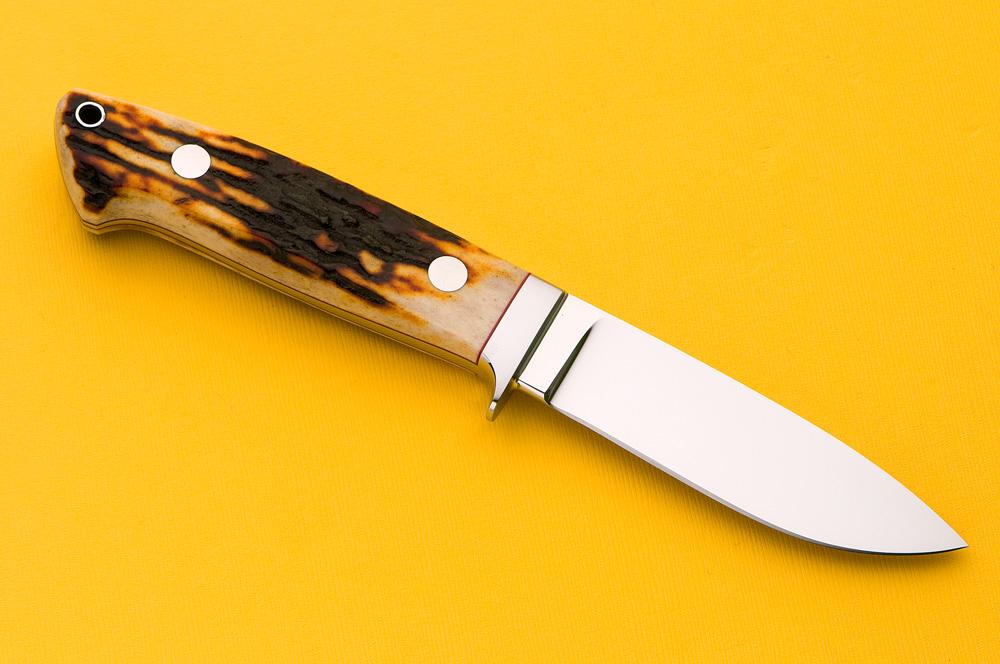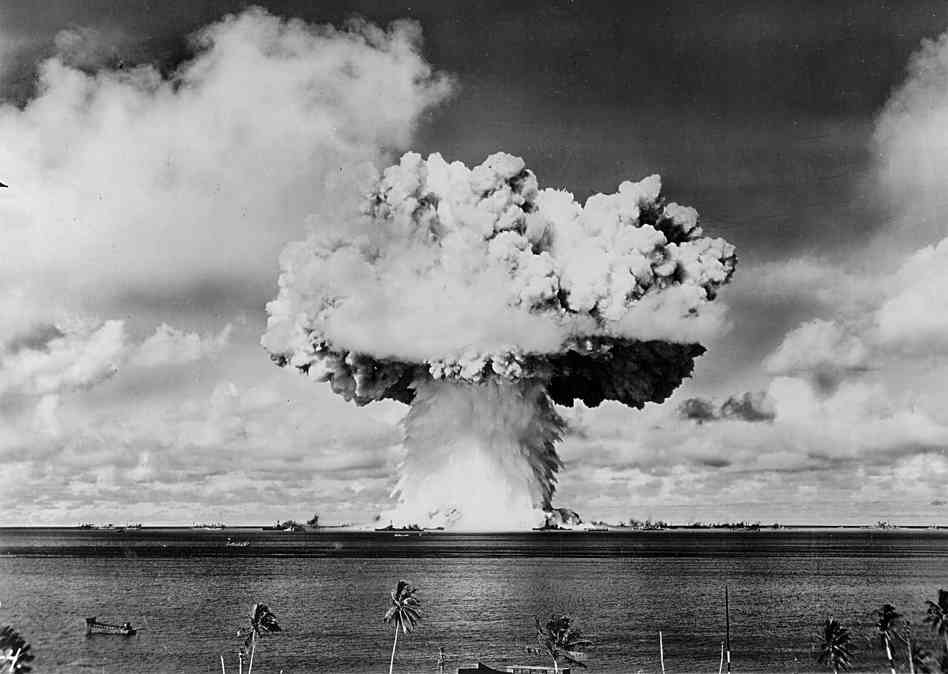Extending our discussion of knives, let’s discuss how your knife can help you with bushcrafting tasks. While you might have a “full tang” knife, it doesn’t necessarily mean that you’ve got a knife that will do well for camp tasks. Sure, it will be able to hold up well under the worst kinds of beating; but, if it is “over-featured,” then it will only be aggravating to use and possibly even dangerous.
 For instance, there are a ton of “tactical” knives out there that are a foot long and have a “tanto” style edge with serrations, coming in all kinds of odd shapes and sizes. These would be terrible for what you need, as they would be extremely difficult to handle.
For instance, there are a ton of “tactical” knives out there that are a foot long and have a “tanto” style edge with serrations, coming in all kinds of odd shapes and sizes. These would be terrible for what you need, as they would be extremely difficult to handle.
Here’s what you should look for in a knife…
Drop Point
There are a large variety of options for the point (or the top, opposite the handle) of a knife. The type you will want is called a “drop point.” This will give you an efficient tool for two reasons.
The first is that you can use it as a drill. One particular drilling task is making a “fire board” in order to effectively use a bow drill for making fire. Attempting to drill with a sharp, fighting “clip point” knife is very difficult compared to using a drop point or spear point (which is a symmetrical drop point).
The second is that a drop point will help you field-dress game after it has been killed. When field-dressing game, you need to be able to cut the top layers of skin and membrane without accidentally cutting open the organs. A clip point or tanto-style point will easily cut organs that will bleed and even contaminate the meat.
A drop point blade is very simple and very predictable, making it easy to use.
Straight Edge
While there are a lot of knives out there with serrations on the blade, these serrations will actually make it more difficult to do the simplest of tasks. For instance, just try to whittle using a serrated edge, and you’ll find that it is extremely difficult to do well.
While you might be able to easily cut cordage with a serrated edge, you can do the same with a sharp straight edge. Also, usually the serrations are placed directly where you use the knife the most, which is close to the handle where you can get the most power.
As opposed to the straight edge, a serrated one is unpredictable. Again, keep your knife simple, and it will be easy to sharpen, reliable, and highly predictable as you learn what your knife will do.
The Handle
One of the most overlooked parts about a good knife is the handle. If you are stuck with a knife handle that has acute angles, sharp edges, and a coarse surface, then you will end up with blisters in no time. With the amount of work you will be doing with your knife, you need the handle to be simple and comfortable for extended, heavy use.
The best kinds of handles have only obtuse angles where the knife comes into contact with your grip. While the handle should not be so smooth that it is slippery, you will not want to have one where it rubs your hand raw after an hour of whittling or chopping.
Last, you will not want a knife handle that has a guard, which protrudes from the spine (opposite the sharpened edge) of your knife. There are countless camp tasks that will require you to place your thumb on the spine to add control, and a knife guard will only make that difficult. While that design may be excellent for a fighting knife, it is terrible for a bushcraft knife.
Simple, Sharp, and Small
Overall, keep the knife simple, sharp, and small:
- Simple is predictable, and easy to use. If you’ve got a knife with all kinds of complex features, then you’re only hindering the basic strengths of the knife as a whole.
- A sharp knife is a safe one. While that may seem like a contradiction, it is very true. A dull knife will cause you to struggle, which tends to result in injury. Having to put too much power behind a blade is very dangerous when the material finally gives way.
- A small blade (3-5 inches) is going to be maneuverable and safer. As the old bushcraft saying goes: “The bigger the knife, the bigger the fool.” Most of your camp tasks require a small blade, so if your knife is oversized, you only put your fingers and limbs at risk for a nasty cut.
Good Knife Brands
Of course, you can find a hand-forged, $200 camp knife that will last two lifetimes and will work flawlessly every time. Chances are, however, that you don’t have that kind of cash to throw at a blade, especially in today’s economy.
You can buy good blades for $25-$30, and great ones for $30-$70. If you’re trying to stay closer to the less expensive side of the spectrum, then Gerber and Buck Knives make some great blades for the money. Just keep the criteria we mention in mind, and you should have no problem finding an adequate knife for the job, and that will be a workhorse for a couple decades.
In the $30-$70 range, your options open up nicely. To begin your search, check out Ka-Bar, CRTK, Kershaw, and Cold Steel. These companies produce excellent blades that should last you a lifetime. Also, many of these companies will slap a lifetime-warranty on the product, which is something to look for.
Now that we’ve taken care of your most important tool in your pack, we’re going to get busy on the rest. While your knife might be the foundation of your gear, you will need to build upon that with other tools and items that will help make life possible. Yes, experienced survivalists could probably survive with just a knife and their wits in the wild …but even they will tell you it isn’t much fun.
©2013 Off the Grid News











